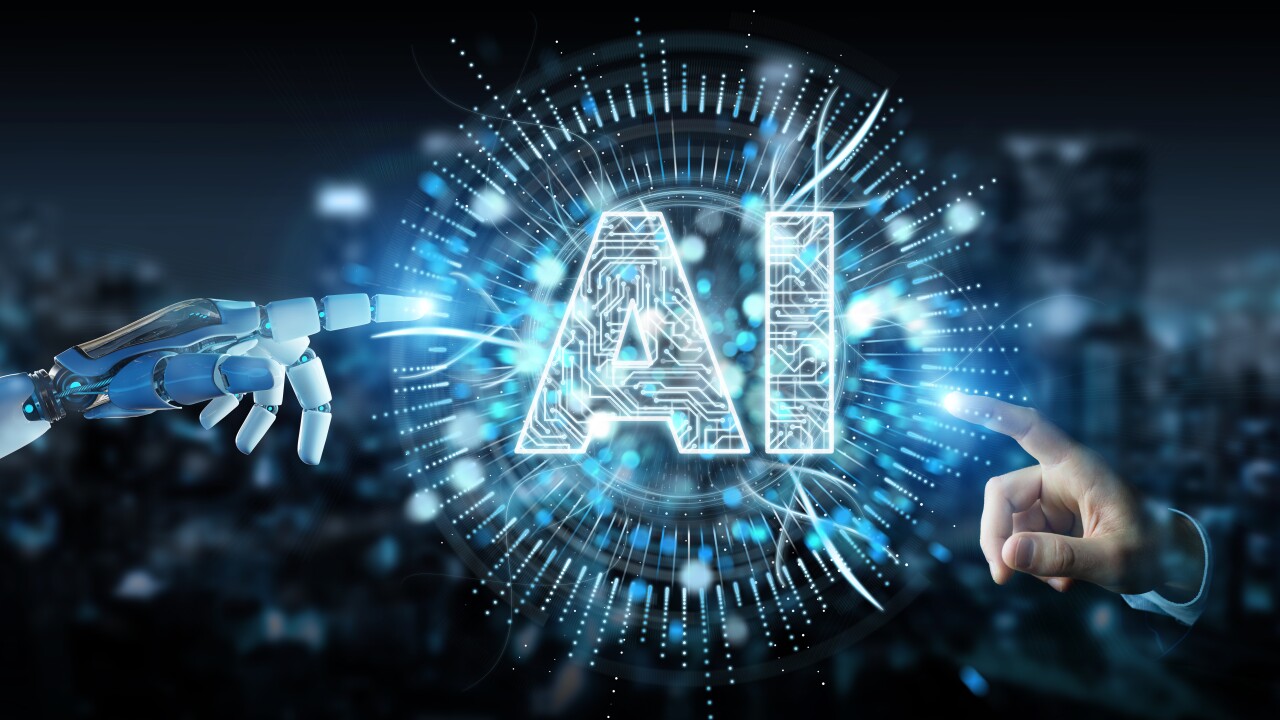With Gartner predicting that by 2020, 85 percent of customer interactions will be managed without a human, it’s no surprise that chatbots are expected to bring about a customer experience revolution. Chatbots will be on the frontline of customer service, solving many of the challenges businesses face in scaling their operations to serve millions of customers, 24 hours a day.
According to Juniper Research, companies will reap annual cost-savings of $8 billion by 2022 through their use of chatbots, enabling enterprises to rapidly manage millions of one-to-one customer interactions, delivering responses in seconds to customers’ requests.
Chatbots do however have their limitations and are dependent on the capabilities of robotic process automation (RPA) to move into any backend system or application to obtain data that is key to providing an intelligent end-to-end customer experience. A formidable combination, chatbot integrations with RPA platforms will become the new customer service frontier of the future. This is confirmed by a Gartner prediction that by 2019, more than 10 percent of IT hires in customer service will mostly write scripts for bot interactions.

The brains behind the interface
Behind the friendly voice or text interface that the end-user interacts with, you will increasingly find a range of smart cognitive communication tools that enable the chatbot to perform more complex and intelligent tasks.
When RPA platforms are integrated with chatbots, they open the possibility for chatbots and voice bots to handle more complicated, less routine driven tasks in real time. Their role is to provide customer data to the chatbot, enabling the bot to execute more sophisticated customer requests, on the fly, in a highly personalized manner.
Deleting the need for copy-and-paste
RPA enables organizations to automate routine information entries and communication. Rather than a human scrutinizing the application and manually copy-pasting data repeatedly, a cognitive robot can power through the tasks in a matter of seconds. When this functionality is integrated with a chatbot, it can unleash new levels of productivity and greatly enhance the customer experience.
For example, an employee speaking to the customer on the telephone could be using a RPA bot to quickly retrieve data such as the customer’s history with the institution from the customer relationship management system and email repositories. This will free him or her up to focus on the customer’s needs and concerns, rather than on capturing and retrieving data across multiple screens and systems.
A customer-facing chatbot, meanwhile, could simulate a consultation with a human employee. It could ask the applicant natural-language questions about his or her financial goals and situation, and then draw on back-end databases including unstructured data from sources such as emails, chats, and scanned documents to provide advice and fast-track the processing of the application.
Addressing today’s business pain points
As this example shows, the combination of chatbots and RPA offers a compelling solution to many pain points organizations experience today. It enables enterprises to accelerate automation and digitization as well as to address more sophisticated customer service demands and expectations.
Chatbots with RPA will enable businesses to create self-service channels that closely resemble human intelligence. Rather than replacing humans, this technology will support the workforce, taking away tedious paperwork and empowering employees to focus on processes and tasks that need a human touch.
Furthermore, RPA tools can leverage machine learning engines and big data to predict customer needs, so that the chatbot can communicate with them proactively. By analyzing, interpreting and understanding large volumes of customer requests, the solution could up-sell a tailored life insurance policy to the home loan applicant, while RPA robots could auto-fill the application form to save time for the customer.
Towards more natural customer interactions
As the technologies mature, it will become ever easier and more cost-effective to create conversational interfaces for customers to interact with chatbots in a more natural way. Customers will be able to enjoy convenient service using natural language as an interface—and as they become used to increasingly seamless automation, their expectations of businesses will continue to grow.
They’ll expect faster response times, more sophisticated self-service options and to be able to avoid repeating information multiple times during a single phone call. Organizations that want to keep pace with disruptive competitors and the needs of today’s connected customers should not only be investing in chatbots at the front-end, but also in the backend RPA integrations that will make their chatbots genuinely smart and useful.





